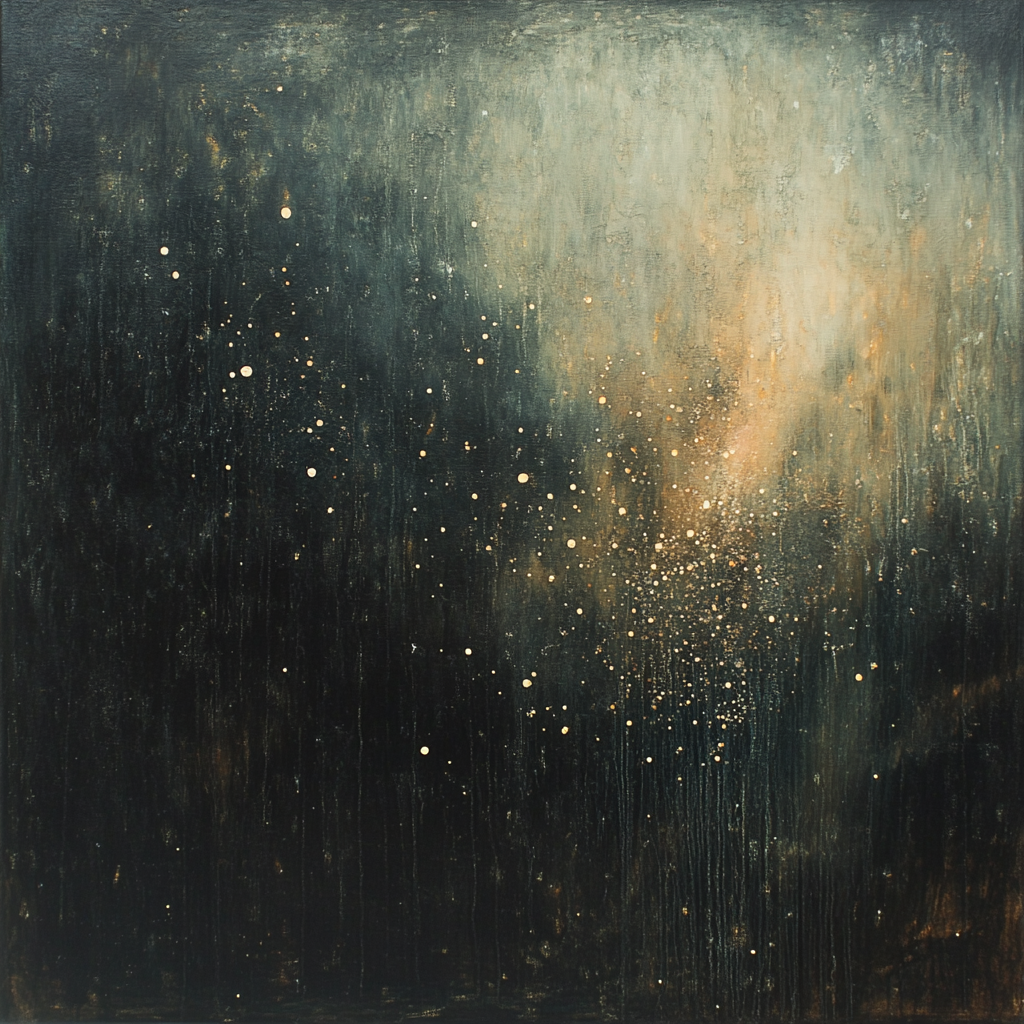
What happens in the brain during meditation? This theme collects studies that use neuroimaging and electrophysiological techniques to map how contemplative states modulate neural activity. From changes in activation during pain, to shifts in attention-related networks and salience processing, these findings highlight the diverse ways meditation reshapes brain function. Importantly, the observed changes are often specific to the kind of meditative practice used—whether focused attention, open presence, or compassion training—suggesting that different intentions may sculpt the brain in different ways. This research offers a window into the elusive terrain of inner experience by grounding it in measurable neural signatures.
Papers in this Theme
-
Intracranial Substrates of Meditation-Induced Neuromodulation in the Amygdala and Hippocampus
The authors of this study used deep brain recordings to show that even novice meditators can rapidly increase gamma activity in the amygdala and hippocampus during loving-kindness meditation—regions tied to emotion and memory—revealing meditation's immediate impact on the emotional brain.
-
Long-term meditators self-induce high-amplitude gamma synchrony during mental practice
This study compares the brain wave activity of a group of seasoned meditators to that of meditation novices, both at rest and during meditation. It finds that experienced meditators generate extremely high amounts of gamma brain waves, associated with enhanced perception, consciouness, attention and memory. These gamma waves are elevated both in- and out- side of meditation. More meditation experience is correlated with stronger gamma waves.
-
Case Study of Ecstatic Meditation: fMRI and EEG Evidence of Self-Stimulating a Reward System
This study presents the first fMRI and EEG evidence of the neural effects of jhana meditation. The results show that jhana meditation quiets the brain, while simultaneously increasing activity in the brain's pleasure centers and areas associated with attention and self-control.